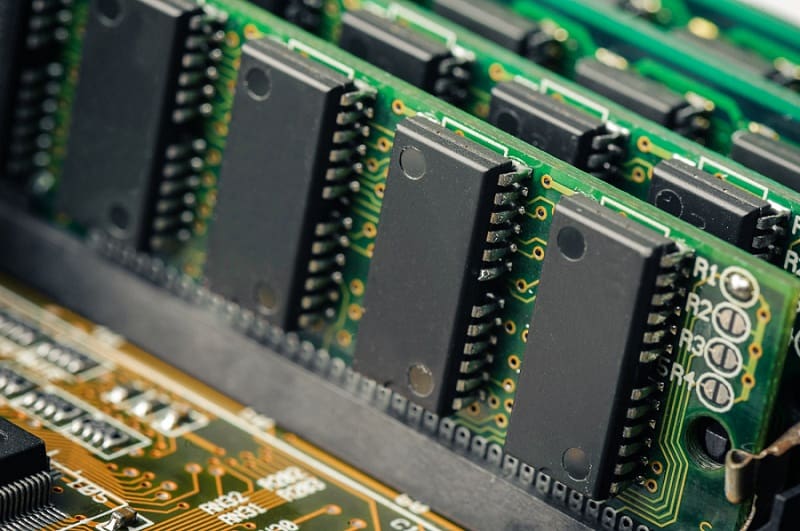RAM is a fundamental hardware component in any laptop since the performance and the user’s experience will depend on it. However, when choosing a certain configuration it is easy to start having doubts, and that is the main reason why we wanted to make this simple guide which hopefully can help you make the right decision.
If you wonder how much RAM your laptop should have, we already anticipate that there is no fixed answer since everything depends on your specific needs and what are you going to use your laptop for. On the other hand, it is also important to take into account if the laptop you are going to buy allows you to expand the RAM or if on the contrary it has it soldered and it is not expandable, since this should influence your decision.
4GBs, 8GBs or 16GBs of RAM?
In case the laptop allows you to expand the RAM you can go for the optimal minimum and expand later on when you need it, but otherwise, we advise you to acquire a configuration with more RAM.
So, how much RAM your next professional laptop should have? Let’s take a look:
- Laptops with 4 GB of RAM: Allows you to work with complex documents and web browsing with several tabs. Good experience with low multitasking.
- Laptops with 8 GB of RAM: It allows us to work without problems any type of documents, web browsing with many tabs and use of intensive applications (such as photo editing). Good experience with intensive multitasking.
- Laptops with 16 GB of RAM: recommended to work with applications that require a large amount of RAM, and also to maximize the life of laptops that have soldered memory.
- Laptops with 32 GB of RAM: A laptop can take advantage of this much ram only when working with very specific applications and tools, such as video editing in very high resolutions, 3D and such.
When you think of buying a laptop there’s always the dilemma of how much RAM should the system have.
When we buy a computer, whether a laptop or a desktop, we always have doubt about how much RAM should the system have. Moreover, on many occasions, we hesitate between two different models because in one case the memory is 4 GB and in another 8 GB, so we are not sure if that difference will finally be noticed when using the computer.
With all these doubts in mind, we have decided to help you and make known what will be, in an indicative way, that minimum recommended that every user should have on their computer depending on the needs, either to surf the Internet, to work or to edit photographs and videos.
Leaving aside the frequency characteristics (in the feature sheets you will usually see that a module is 1600, 1866 or more MHz, something that for a “normal” end-user who does not need to run resource-consuming games is not “relatively” important), we usually find that computers bring with them 1.2, 4, 8 and even 16 GB of RAM. What do we need in each case?
How Much RAM does the OS Needs?
Currently, operating systems need about 1 GB or 1.5 GB to work, something that for example you can check with netbooks with Windows 8.1 and soon with Windows 10. It is true that with this it is possible to work and run applications that do not demand too many system resources, but soon it can be seen that they begin to work slowly, something closely related to RAM. So, if I want to work without more, what will I need?
Normally laptops come with 4 GB of RAM, so as expected, it is more than enough to run many applications, surf the internet, play videos on youtube, and much more. In addition, they are usually quite capable computers, so they can run current video games without too many problems (if the graphics card, of course, allows it). But as of 2022, 8 GB is undoubtedly the standard for laptops.
Conclusion
If you need a little more reliability and fluidity when working on your laptop, we’d recommend 8GB of RAM, although for most conventional users that only watch movies, work in an excel spreadsheet or a word document, 4GB will suffice. If the laptop will be dedicated to video games or digital editing, graphic design and so, 8GB is the minimum. Now, what about the 16 GB of RAM? Interestingly, as several performance tests show, the difference between this and an 8 GB module is practically negligible, so capacity and, above all, money is wasted.

